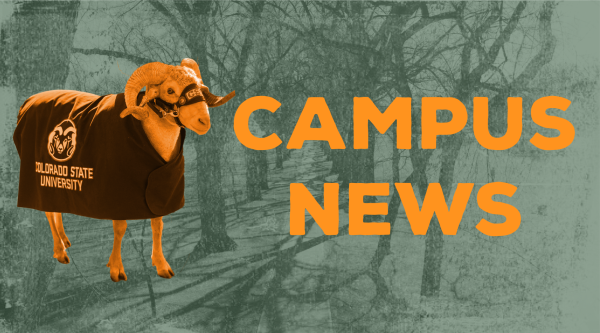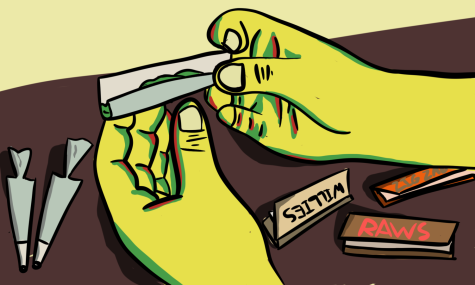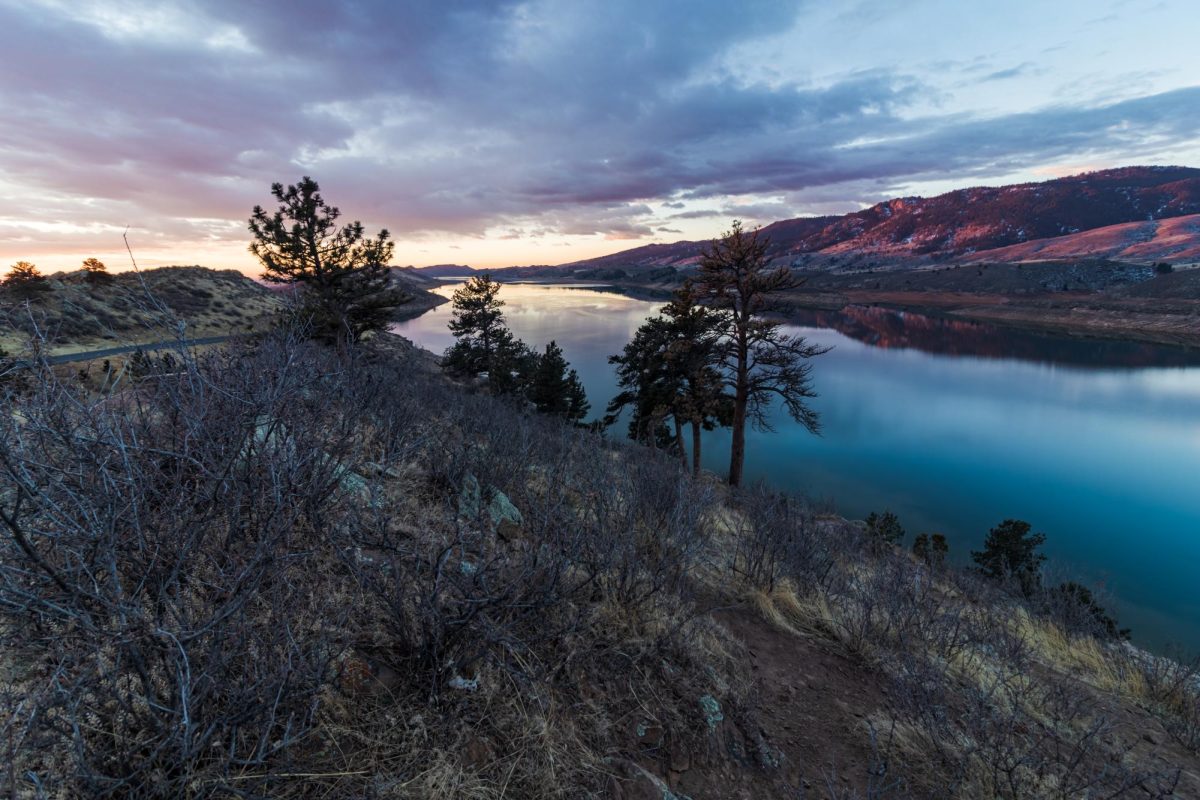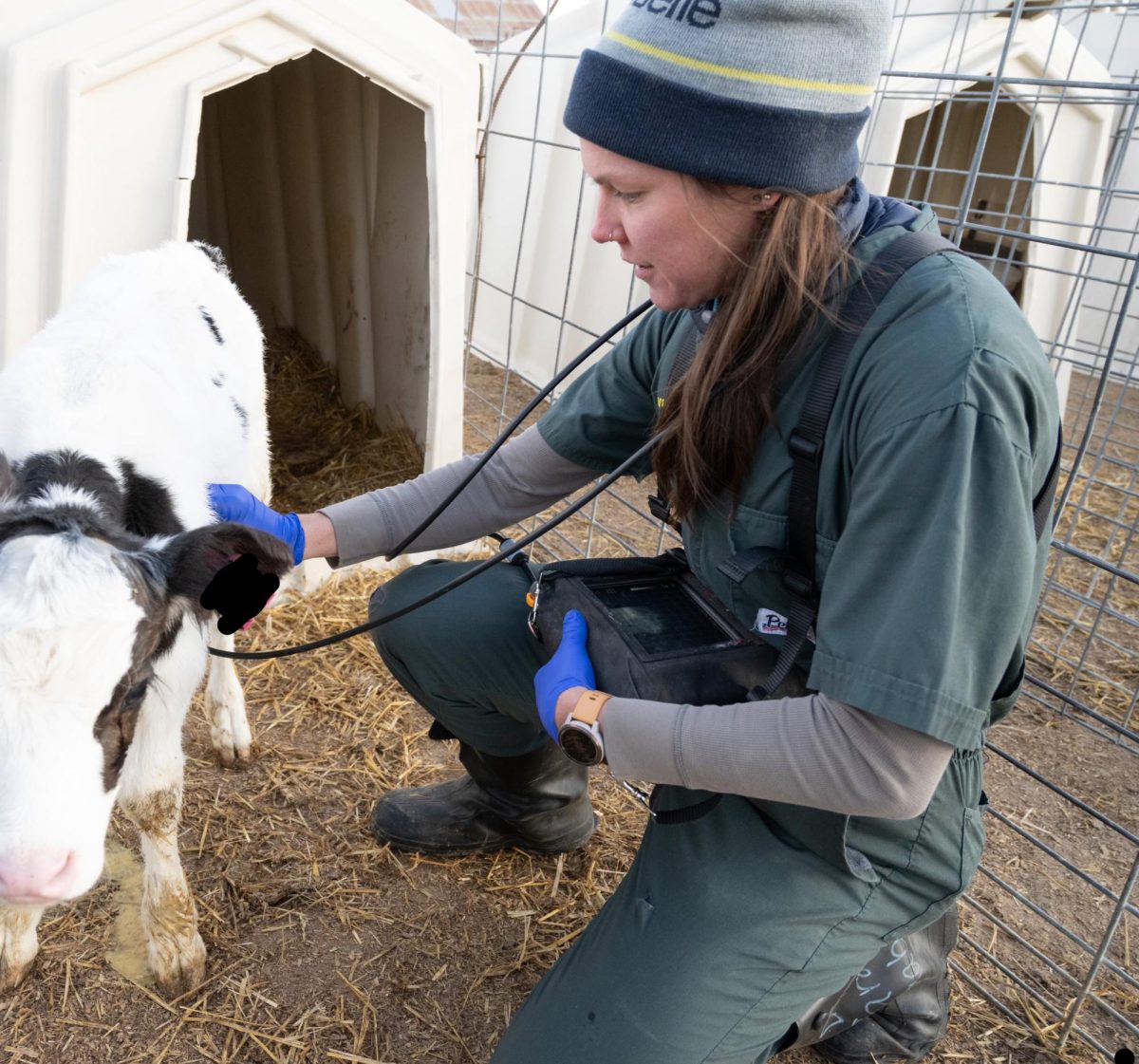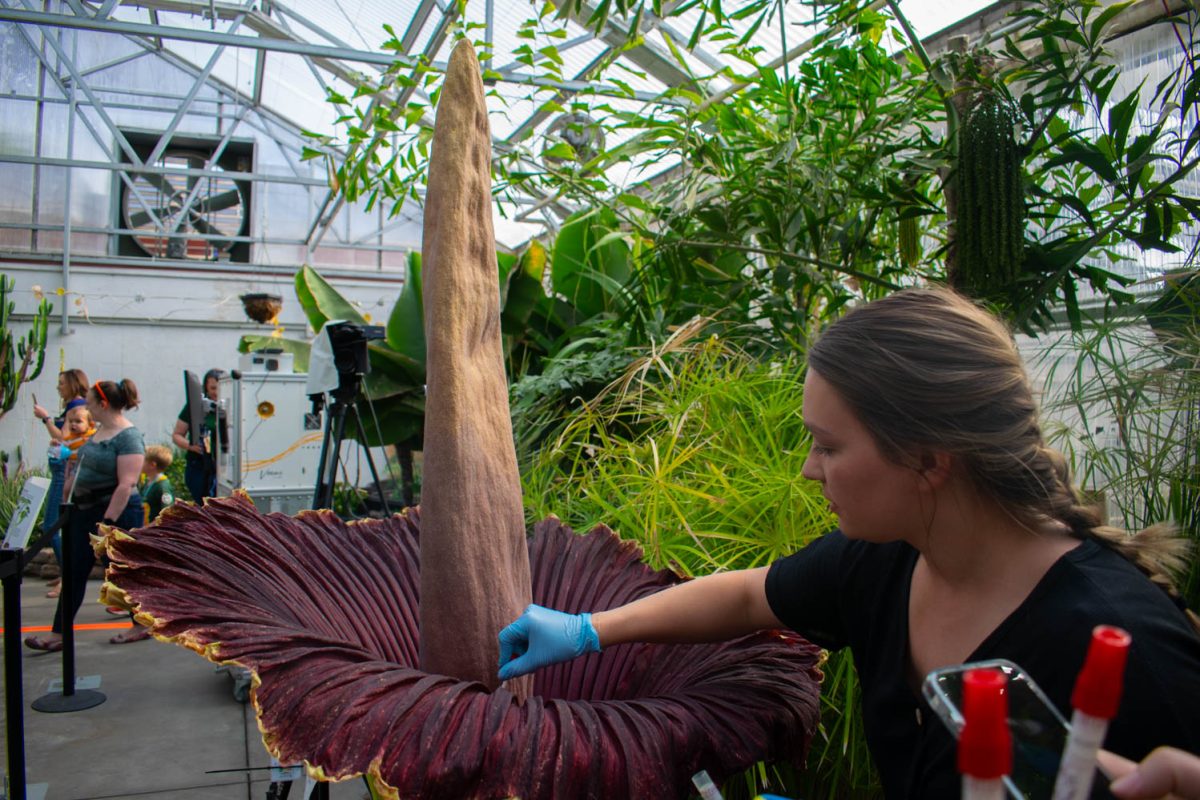Editor’s Note: Read the Spanish version of this article here.
For many Colorado State University students, spending time in nature is more than just an occasional pastime; it’s an essential part of life. Many come to Fort Collins to enjoy the close proximity to some of the biggest mountains and most rugged landscapes in the country.
Ad
It turns out this urge to get outdoors isn’t just for fun. CSU research shows that nature can benefit people on a neurological level. Sara LoTemplio, an assistant professor of human dimensions of natural resources at Colorado State University, studies how nature interacts with the brain to shape thoughts, emotions and physical well-being.
“It’s very serene, the white noise of nature — whether it’s trees or a stream running next to me or birds chirping — and that allows me to think really clearly.” -Tristan Coolbeth, CSU Outdoor Club officer
The brain on nature
Much of the current research on this topic is centered on something called the stress recovery theory, an idea that came about in the early ’90s to explain the health benefits of nature.
“Stress recovery theory suggests that spending time in nature, while it does reduce stress, what’s really happening is that it’s helping us to be better at recovering from stressful events,” LoTemplio said.
It may sound like a small distinction, but the stress recovery process is very important for a number of health outcomes, LoTemplio said. Stress is a normal part of life, so an important factor in health is how well the body can bounce back after stressful situations.
This stress recovery process is regulated by the vagus nerve, which originates in the brain and extends through the neck to various organs in the chest and abdomen. The vagus nerve is the commander of the parasympathetic nervous system, in charge of regulating mood, digestion and heart rate among other things.
When the vagus nerve is activated, it counteracts the body’s fight-or-flight response, essentially telling the body that it’s safe and that it’s time to calm down. A well-functioning vagus nerve can mean more overall resilience to stress and adversity.
“What we think is happening is that spending time in nature basically helps your vagus nerve to do its job better,” LoTemplio said. The effect is similar to that of mindfulness exercises like yoga or meditation and can lead to improved mood, better emotional regulation and restored attention.
While this specific field of research is relatively new, the importance of the human connection to nature is clearly not a new concept.
“One thing that I always want to acknowledge about nature and health research is that it stems from a very Western colonial perspective of what nature and humans mean,” LoTemplio said. “Our Western society has created this artificial separation between humans and nature in the first place.”
Ad
One limitation in the current research is the lack of diversity in many of the studies that exist so far, LoTemplio said. Most have focused on small subsets of the population that are predominantly white and affluent.
“There’s still a lot of research that needs to be done to fill those gaps,” LoTemplio said. “We also really need to involve more qualitative methods and different ways of trying to understand the relationship that people have to (nature), given that there are a lot of really diverse ways that people can interact with or have a relationship with nature.”
Relationships with nature
Even among CSU students, there are many different perspectives on what it means to connect with the natural world. Tristan Coolbeth, a senior student and risk manager for the CSU Outdoor Club, turns to nature to relax and recharge.
“It’s very serene, the white noise of nature — whether it’s trees or a stream running next to me or birds chirping — and that allows me to think really clearly,” Coolbeth said. “It’s time that I can use to really reflect and clear my head. And that way, when I actually do go back (to society), I’m rejuvenated, and I can just function a lot better.”
Outdoor recreation can also be a welcome opportunity to disconnect from social media and other digital pressures.
“It’s very much a disconnect from the whole technological world and just being so present in the moment, which I really enjoy,” said Naomi Deitch, an officer for the Outdoor Club and first-year student in wildlife biology. “Disconnecting and grounding yourself into what life actually means, rather than just scrolling, for example.”
Coolbeth echoed this sentiment.
“Something about fully disconnecting myself from the internet, social media — whatever it is — it just makes it more of a healing experience,” Coolbeth said. “I can put all of that stuff that I have so much anxiety about in my day-to-day life fully to the side and just take time to not be bogged down by that.”
Getting outdoors
Researchers are still trying to better understand exactly what is needed to maximize mental wellness. Some studies have pointed to spending at least 120 minutes per week in nature to experience the highest benefits in health and well-being. Other studies have grappled with how to define “nature,” from urban parks to wilderness areas, from oceans to forests.
“What I usually tell people is, it doesn’t seem like you need to inherently go on a five day backpacking trip to Rocky Mountain National Park,” LoTemplio said. “You can take a walk around Ross Natural Area, and you should experience a lot of the benefits.”
Coolbeth said he recommends starting out with something low-effort and low-stakes, like a nature walk or short hike nearby. Bringing friends along can be a great way to boost the mood even more. Finally, he said to not shy away from new experiences, even if it may feel intimidating at first.
“Be willing to be uncomfortable,” Coolbeth said. “Because I think that’s what really is the big draw of nature, is that it can push you outside your bubble a little bit, in a very healthy way. So start slow, but don’t be afraid to push yourself outside your limits a little bit.”
Reach Lizzy Rylance at science@collegian.com or on Twitter @CSUCollegian.



